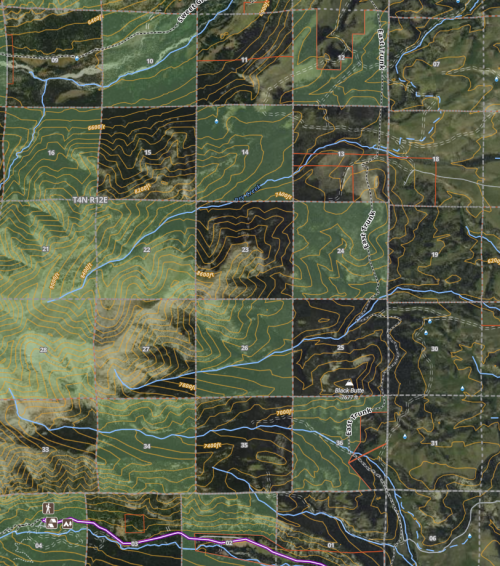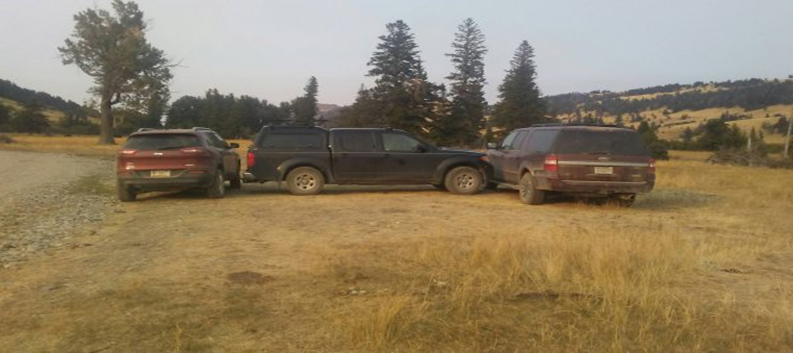Straight Arrow
Well-known member
I understand that. It's good for public lands, but really not a big deal to Cross Harbor.In this recent proposal they threw in Smeller Lake. That's hardly a crumb.
The swap deal is likely the best we'll get and after decades of trying to access the Crazies ... however, it should not be that extremely difficult to access and use our public lands.
Whoever came up with that checkerboard incentive and drive to settle the west probably had no idea of the future huge impacts.
The deal ... yeah, let's get USFS to take it and make public use of the increased access. But I would rather the Crow tribe still had the circle of power around the Crazies than a bunch of money hungry folks, many of whom don't give a rodent's a$$ about Montana and her special places.






